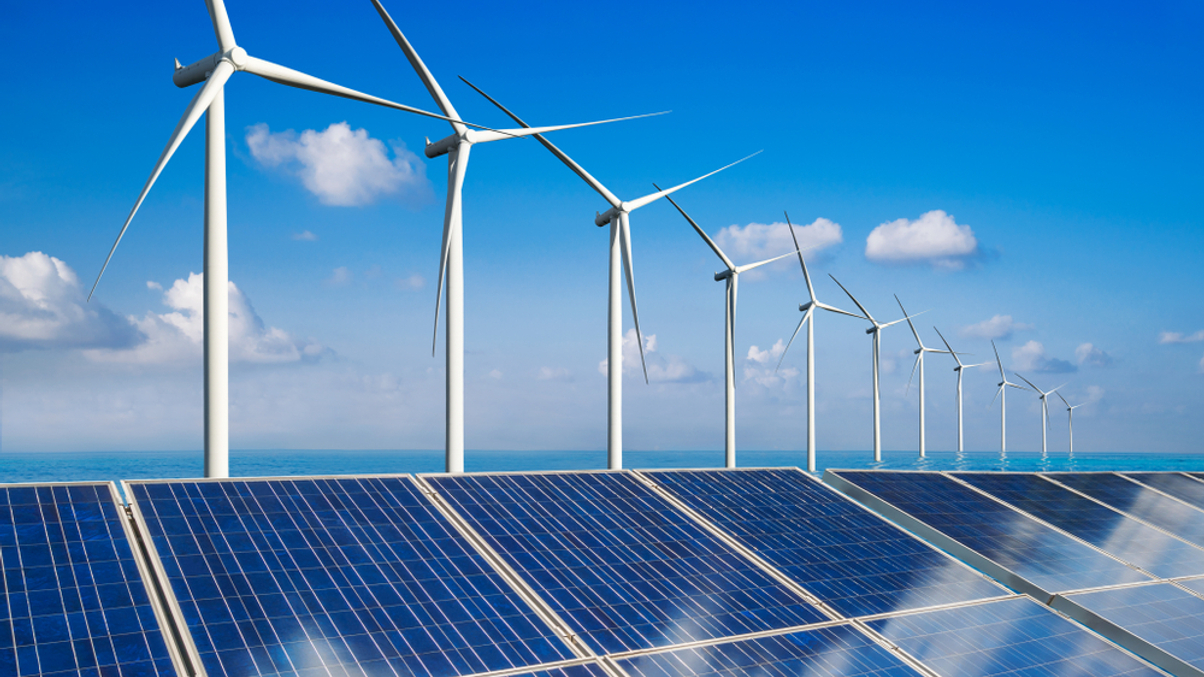British institutional investor eyes SE Asia infra, renewables
The foreign development finance institution has £485 million to spend in the region by 2026.

British International Investment (BII), the UK’s £5.6-billion ($7.2 billion) foreign development finance institution, has up to £485 million to invest in Southeast Asia between now and 2026.
Sign In to Your Account
Access Exclusive AsianInvestor Content!
Please sign in to your subscription to unlock full access to our premium AI resources.
Free Registration & 7-Day Trial
Register now to enjoy a 7-day free trial—no registration fees required. Click the link to get started.
Note: This free trial is a one-time offer.
¬ Haymarket Media Limited. All rights reserved.


